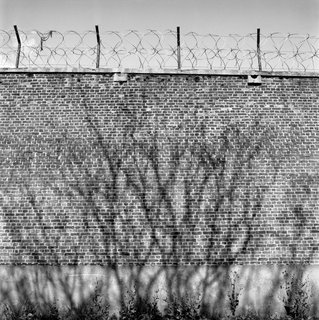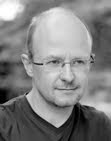Sofia Session

Over the weekend, I was in Sofia, capital of Bulgaria, to add another chapter to my European Capitals portfolio. At this point it is not yet clear whether Romania and Bulgaria will join the Union in 2007, but I want to be prepared in case. So, I arrived late Friday evening from London and jumped on the first plane to Munich on the Saturday morning. By noon I had arrived in warm and sunny Sofia.
It was a couple of months since I had worked with the Horizon camera. To be honest, I notice that I am growing a bit tired of this extremely panoramic perspective. Or maybe I was just physically and mentally exhausted from all the hard work over the past weeks and therefore unable to muster the alertness to be able to go up in the flow. Fact is that I'm much more focused on large format these days. That is what really stirs up my creative energies. I am really longing to go out with the Canham and experiment. My friend Hans Bol (www.hansbol.com) reports exactly the opposite. He has worked for years in (ultra) large format and is now rediscovering his Leica.
By the way, the Horizon has started to fall apart. After the rewind knob now also the release button has gone. I hope the camera will survive the last leg of the journey, to Bucharest. In Sofia, I also lost my Sekonic 508 exposure meter, a very good and costly instrument. Talk about being tired ...
Anyway, the negatives I brought with me from Sofia are ok. Not top class, but I have worse sections in my portfolio. I will certainly be able to select six interesting pictures from this chapter.
Finally, if you are ever travelling to Sofia, which I can recommend as it is a very lively and easy going city, and you are not sure how to go about and what to see, just contact Val (Valeria Lucanova) on skype (judoka1777). She will act as your trustworthy and knowledgeable guide, in Sofia and further afield in Bulgaria as well.



